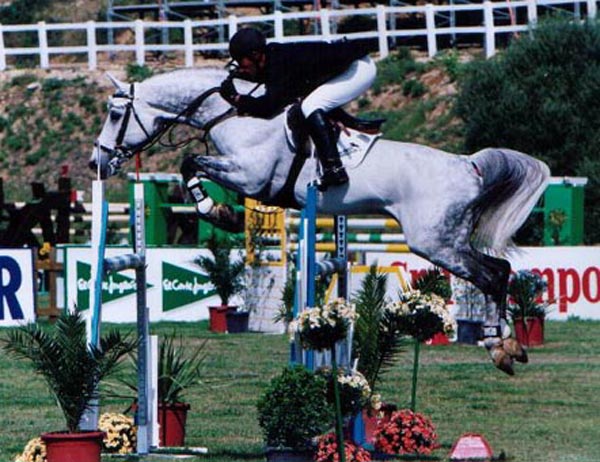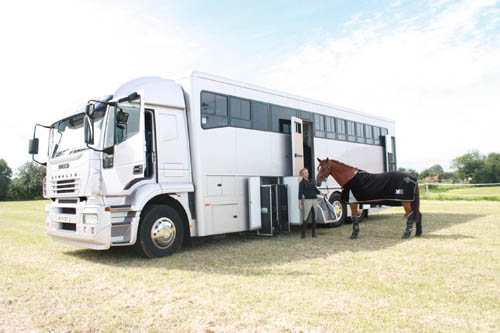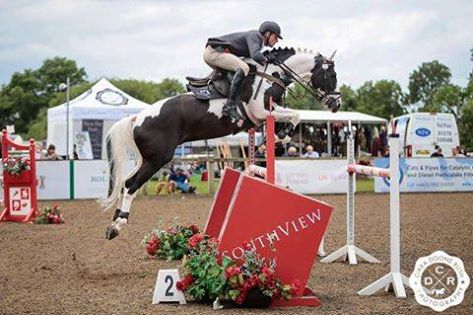Stable Management
Read our secrets of Successful Stable Management to keep on top of the chores and keep your horse boredom free. Horses are sometimes kept indoors in buildings called either barns or stables. The terms are often used interchangeably; a barn is the more general term for a rural building that houses livestock, the term stable is more often used in urban areas and can be used as a noun to refer to the building that houses horses or the collection of horses themselves, or as a verb to describe the act of keeping horses in a stable. These buildings are usually unheated and well-ventilated; horses may develop respiratory problems when kept in damp or stuffy conditions. Most horse barns have a number of box stalls inside, that allow many horses to be safely stabled together in separate quarters. There are also separate areas or even rooms for feed, equipment and tack storage and, in some large stables, there may be additional facilities such as a veterinary treatment area or a washing area in the building. Barns may be designed to hold one horse in the backyard of a family home, or be a commercial operation capable of holding dozens of animals.Box stalls in a barn or stable should be of sturdy construction and cleaned daily
The standard dimensions for a box stall (called a "box" in the UK, and a "stall" in the USA) vary from 10' by 12' to 14' by 14', depending on local cultural traditions, the breed of horse, gender, and any special needs. Mares with foals often are kept in double stalls.[5] Stallions, kept alone with less access to turnout, are also often given larger quarters. Ponies sometimes are kept in smaller box stalls, and warmbloods or draft horses may need larger ones. Horses kept in stables need daily exercise and may develop stable vices if they are not given work or turnout. Box stalls usually contain a layer of absorbent bedding such as straw or wood shavings and need to be cleaned daily; a horse generates approximately 15 pounds (6.8 kg) of manure and several gallons of urine each day. There are health risks to the horse if forced to stand all day in its own waste. However, stables are built as much for the convenience of humans as horses; most healthy horses are equally, if not more, comfortable in a field or paddock with a simple three-sided shed that protects them from the elements.
A set of tie stalls in an 18th century stable
In some parts of the world, horses that are worked daily are kept in tie stalls, usually about 5 to 6 feet (2 m) wide and 8 to 10 feet (3 m) long. As the name implies, a horse is tied, usually to a ring in front of a hay manger, and cannot turn around in a tie stall. But if the stall is wide enough, it can lay down. Tie stalls were used extensively prior to the 20th century, and barns with tie stalls are still seen in some regions, particularly in poorer countries, at older fairgrounds and agricultural exposition facilities, but are not used as often in modern barns.



Sherwood Forest Wellingtons Pictures | Vitamins For Horses | Event Horses | Australian Stallions At Stud | A1 Horse Transport Company | Horse Websites | Katie Price Equestrian Collection Pictures | Security Systems | Online Web Marketing | Stallions | Ellen Whitaker



